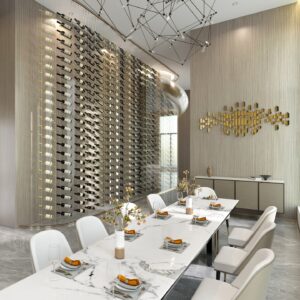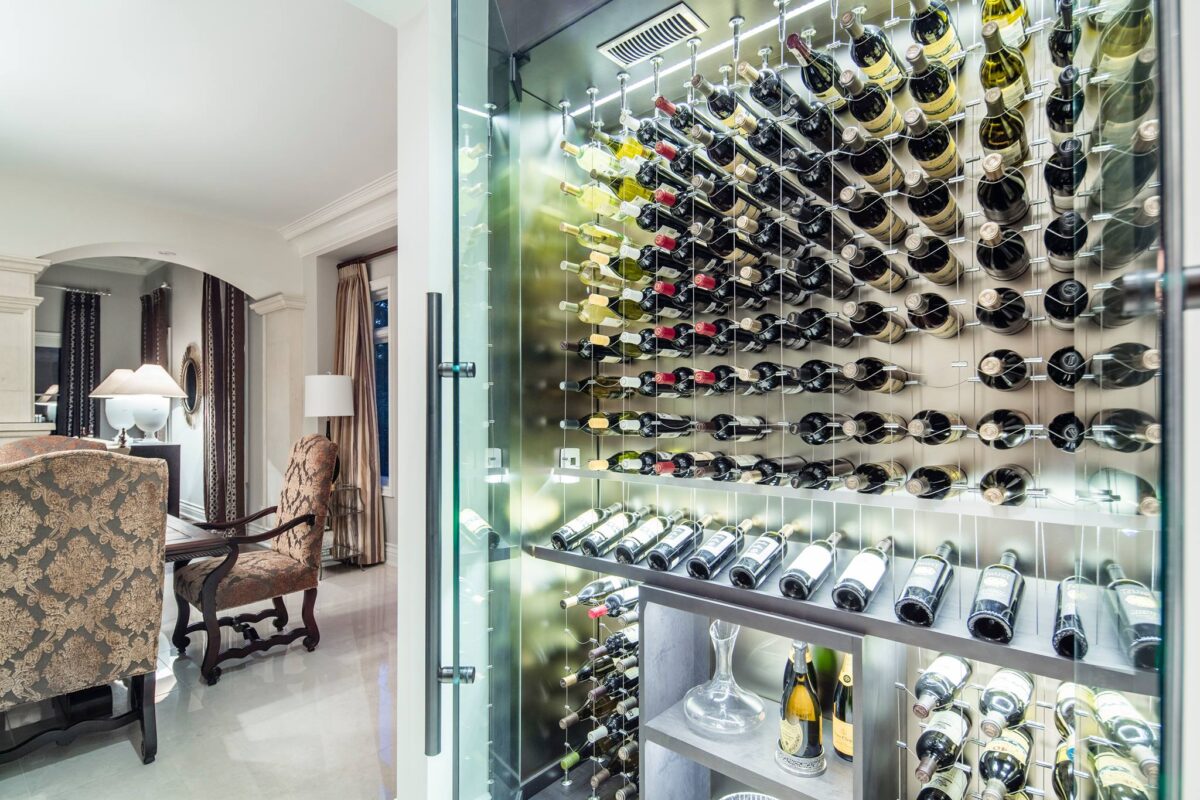
Contractor Know-How: How to Build a Modern Wine Cellar That Performs as Good as It Looks
Building a wine cellar today is no longer just about stacking bottles in a cool room. Modern wine cellars are

A glass wine cellar is more than just a storage solution—it’s a stunning showcase for your wine collection, blending functionality with elegance. Whether you’re a casual enthusiast or a serious collector, designing the perfect glass-enclosed wine cellar requires careful planning.
In this guide, we’ll walk you through the key considerations, from choosing the right location to deciding on climate control, so you can create a wine cellar that’s both beautiful and practical.
Before construction begins, determine where your wine cellar will go. Unlike traditional cellars, glass wine enclosures don’t need a basement—they can fit in various spaces, including:
Key Questions to Ask:
Not all wine cellars need full glass enclosures. Your choice depends on:
✅ Pros:
❌ Cons:
✅ Pros:
❌ Cons:
Tip: If you love the look of open shelving but want some protection, consider a partial glass front or UV-resistant glass.
A common misconception is that refrigerated wine cellars must use insulated glass. Here’s the truth:
Pro Tip: Avoid pointing cooling vents directly at the glass to prevent condensation.
The decision to refrigerate your wine cellar depends on:
✔ Best for long-term collectors
✔ Maintains ideal temperature (55°F) and humidity (60-70%)
✔ Requires:
✔ Great for short-term storage
✔ Lower cost
✔ Best for:
Your racking system should match your collection size and style preferences:
Consider:
Lighting enhances both function and ambiance:
Bonus Tip: Avoid direct sunlight, which can damage wine over time.
Building a glass wine cellar is an exciting project that combines luxury and practicality. By considering location, glass type, climate control, and storage needs, you can create a stunning showcase for your collection.

Building a wine cellar today is no longer just about stacking bottles in a cool room. Modern wine cellars are

A great wine display isn’t just about bottles and racks — it’s about atmosphere.The right lighting transforms a simple wine
Cable Wine Racking Experts
833-833-3079
©2025. Cable Wine Cellars. All Rights Reserved.